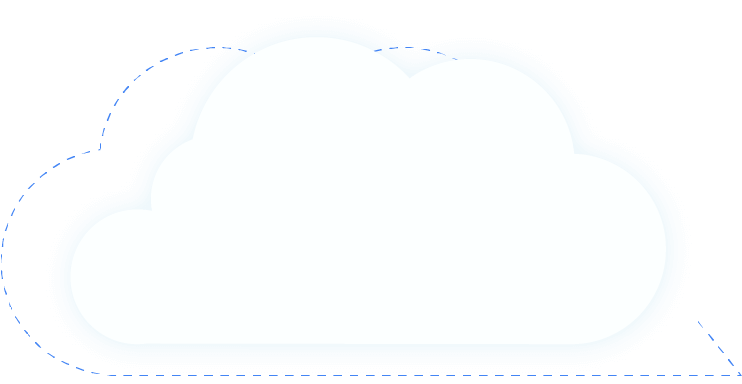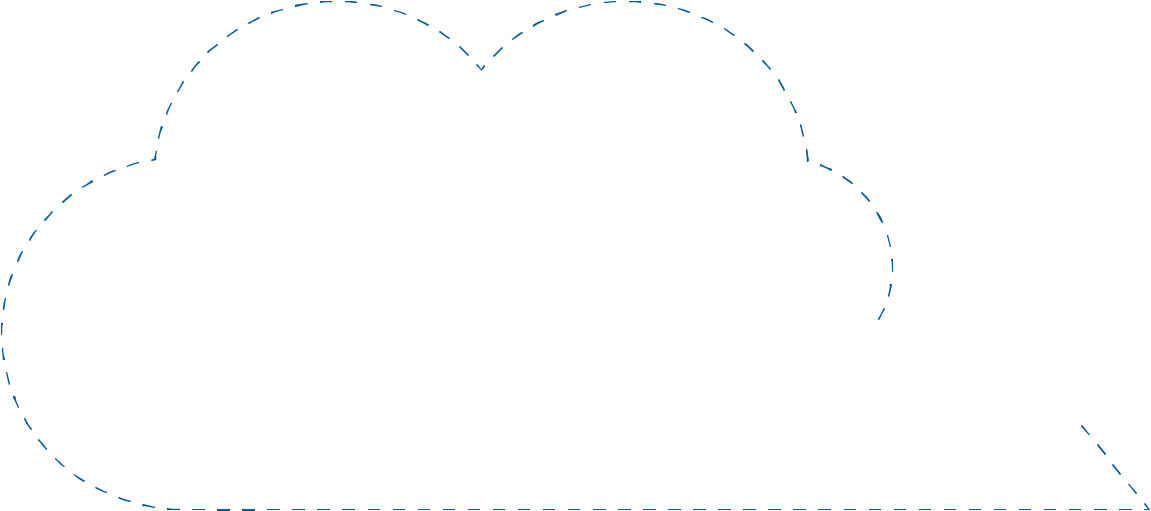
Overview
This course will give you hands-on experience optimizing, deploying, and scaling a variety of production ML models. You'll learn how to build scalable, accurate, and production-ready models for structured data, image data, time-series, and natural language text, along with recommendation systems.
Duration: 40h

Objective
After completing the course, students will have the following knowledge:
- Implement the various flavors of production ML systems—static, dynamic, and continuous training; static and dynamic inference; and batch and online processing.
- Solve an ML problem by building an end-to-end pipeline, going from data exploration, preprocessing, feature engineering, model building, hyperparameter tuning, deployment, and serving.
- Develop a range of image classification models from simple linear models to high-performing convolutional neural networks (CNNs) with batch normalization, augmentation, and transfer learning.
- Forecast time-series values using CNNs, recurrent neural networks (RNNs), and LSTMs.
- Apply ML to natural language text using CNNs, RNNs, LSTMs, reusable word embeddings, and encoder-decoder generative models.
- Implement content-based, collaborative, hybrid, and neural recommendation models in TensorFlow.

Audience
- Data Engineer hoặc lập trình viên quan tâm đến việc áp dụng Machine learning trong thực tế .
- Cá nhân hứng thú với ứng dụng Machine learning đẻ giải quyết các vấn đề trong kinh doanh cho doanh nghiệp.
prerequisite
- Knowledge of machine learning and TensorFlow to the level covered in Machine Learning on Google Cloud coursework.
- Basic knowledge ML, TensorFlow
- Experience coding in Python.
- Knowledge of basic statistics.
- Knowledge of SQL and cloud computing (helpful).

OUTLINE
01
Machine Learning on Google Cloud Platform
Effective ML.
Fully managed ML.
02
Explore the Data
Exploring the dataset.
BigQuery.
BigQuery and AI Platform Notebooks.
03
Creating the dataset
Creating a dataset.
04
Build the Model
Build the model.
05
Operationalize the model
Operationalizing the model.
Cloud AI Platform.
Train and deploy with Cloud AI Platform.
BigQuery ML.
Deploying and Predicting with Cloud AI Platform.
06
Architecting Production ML Systems
The Components of an ML System.
The Components of an ML System: Data Analysis and Validation.
The Components of an ML System: Data Transformation + Trainer.
The Components of an ML System: Tuner + Model Evaluation and Validation.
The Components of an ML System: Serving.
The Components of an ML System: Orchestration + Workflow.
The Components of an ML System: Integrated Frontend + Storage.
Training Design Decisions.
Serving Design Decisions.
Designing from Scratch.
07
Ingesting data for Cloud-based analytics and ML
Data On-Premise.
Large Datasets.
Data on Other Clouds.
Existing Databases.
08
Designing Adaptable ML systems
Adapting to Data.
Changing Distributions.
Right and Wrong Decisions.
System Failure.
Mitigating Training-Serving Skew through Design.
Debugging a Production Model.
09
Designing High-performance ML systems
Training.
Predictions.
Why distributed training?
Distributed training architectures.
Faster input pipelines.
Native TensorFlow Operations.
TensorFlow Records.
Parallel pipelines.
Data parallelism with All Reduce.
Parameter Server Approach.
Inference.L
10
Hybrid ML systemsL
Machine Learning on Hybrid Cloud.
KubeFlow.
Embedded Models.
TensorFlow Lite.
Optimizing for Mobile.
11
Welcome to Image Understanding with TensorFlow on GCP
Images as Visual Data.
Structured vs Unstructured Data.
12
Linear and DNN Models
Linear Models.
DNN Models Review.
Review: What is Dropout
13
Convolutional Neural Networks (CNNs)
Understanding Convolutions.
CNN Model Parameters.
Working with Pooling Layers.
Implementing CNNs with TensorFlow.
14
Dealing with Data Scarcity
The Data Scarcity Problem.
Data Augmentation.
Transfer Learning.
No Data, No Problem.
15
Going Deeper Faster
Batch Normalization.
Residual Networks.
Accelerators (CPU vs GPU, TPU).
TPU Estimator.
Neural Architecture Search.
16
Pre-built ML Models for Image Classification
Pre-built ML Models.
Cloud Vision API.
AutoML Vision.
AutoML Architecture.
17
Working with Sequences
Sequence data and models.
From sequences to inputs.
Modeling sequences with linear models.
Modeling sequences with DNNs.
Modeling sequences with CNNs.
The variable-length problem
18
Recurrent Neural Networks
Introducing Recurrent Neural Networks.
How RNNs represent the past.
The limits of what RNNs can represent.
The vanishing gradient problem.
19
Dealing with Longer Sequences
LSTMs and GRUs.
RNNs in TensorFlow.
Deep RNNs.
Improving our Loss Function.
Working with Real Data.
20
Text Classification
Working with Text.
Text Classification.
Selecting a Model.
Python vs Native TensorFlow.
21
Reusable Embeddings
Historical methods of making word embeddings.
Modern methods of making word embeddings.
Introducing TensorFlow Hub.
Using TensorFlow Hub within an estimator.
22
Recurrent Neural NetworksEncoder-Decoder Models
Introducing Encoder-Decoder Networks.
Attention Networks.
Training Encoder-Decoder Models with TensorFlow.
Introducing Tensor2Tensor.
AutoML Translation.
Dialogflow.
23
Module 23: Recommendation Systems Overview
Types of Recommendation Systems.
Content-Based or Collaborative.
Recommendation System Pitfalls.
24
Content-Based Recommendation Systems
Content-Based Recommendation Systems.
Similarity Measures.
Building a User Vector.
Making Recommendations Using a User Vector.
Making Recommendations for Many Users.
Using Neural Networks for Content-Based Recommendation Systems.
25
Collaborative Filtering Recommendation Systems
Types of User Feedback Data.
Embedding Users and Items.
Factorization Approaches.
The ALS Algorithm.
Preparing Input Data for ALS.
Creating Sparse Tensors For Efficient WALS Input.
Instantiating a WALS Estimator: From Input to Estimator.
Instantiating a WAL Estimator: Decoding TFRecords.
Instantiating a WALS Estimator: Recovering Keys.
Instantiating a WALS Estimator: Training and Prediction.
Issues with Collaborative Filtering.
Cold Starts.
26
Neural Networks for Recommendation Systems
Hybrid Recommendation System.
Context-Aware Recommendation Systems.
Context-Aware Algorithms.
Contextual Postfiltering.
Modeling Using Context-Aware Algorithms.
27
Building an End-to-End Recommendation System
Architecture Overview..
Cloud Composer Overview.
Cloud Composer: DAGs.
Cloud Composer: Operators for ML9.
Cloud Composer: Scheduling.
Cloud Composer: Triggering Workflows with Cloud Functions.
Cloud Composer: Monitoring and Logging.
Study with
Google Cloud expert











Student feedback
Cloud Ace Training
Bringing great experiences to students


Trần Tuấn Anh
IT

Nguyễn Ngọc Minh Thy
Data Engineer

Trương Quốc Thắng
Data Engineer

Phạm Văn Hùng
IT

Dương Minh Phương
Engineer

REGISTER NOW
TO BECOME " GOOGLE CLOUD EXPERT"

câu hỏi thường gặp
![]() Cloud Ace is a Google Cloud training unit, so it does not organize exams and provide Google Cloud certifications. Cloud Ace only supports providing certificates of course completion for students while waiting for the Google Cloud certification exam
Cloud Ace is a Google Cloud training unit, so it does not organize exams and provide Google Cloud certifications. Cloud Ace only supports providing certificates of course completion for students while waiting for the Google Cloud certification exam
In addition, if you want to take the Google Cloud certification exam, Cloud Ace will guide you to register for the Online or Offline exam at the authorized Google Cloud test centers in Vietnam.
![]() Of course, during the learning process, you will constantly be solving quizzes, simulated mock tests that are similar to Google Cloud's actual exam questions. In addition, Cloud Ace also provides Dump questions that are constantly updated with question types, exam questions from Google Cloud to help you have the best preparation for the exam.
Of course, during the learning process, you will constantly be solving quizzes, simulated mock tests that are similar to Google Cloud's actual exam questions. In addition, Cloud Ace also provides Dump questions that are constantly updated with question types, exam questions from Google Cloud to help you have the best preparation for the exam.
![]() Of course. You will be supported by Cloud Ace during the learning process and even at the end of the course. You can interact with the Trainer via Slack, email hoặc qua Group Google Cloud Plartform User HCM để được các Trainer hỗ trợ nhé.
Of course. You will be supported by Cloud Ace during the learning process and even at the end of the course. You can interact with the Trainer via Slack, email hoặc qua Group Google Cloud Plartform User HCM để được các Trainer hỗ trợ nhé.
After completing the course, if you have any questions about the knowledge or have difficulties in implementing the project on Google Cloud, you can contact the Trainer for answers.
![]() The Google Cloud course is not only suitable for software engineers or system development engineers, but also suitable for data processing engineers such as Data Analytics, Data Engineer, Data Scientist.
The Google Cloud course is not only suitable for software engineers or system development engineers, but also suitable for data processing engineers such as Data Analytics, Data Engineer, Data Scientist.
In addition, if you are a Marketer or working in the field of finance, banking, e-commerce, logistics .... constantly faced with big data to solve, then you can refer to the courses Big Data Machine Learning Fundamental or From Data to Insight on Google Cloud Platform courses to refer to simple data processing and create professional reports on Google Cloud.


